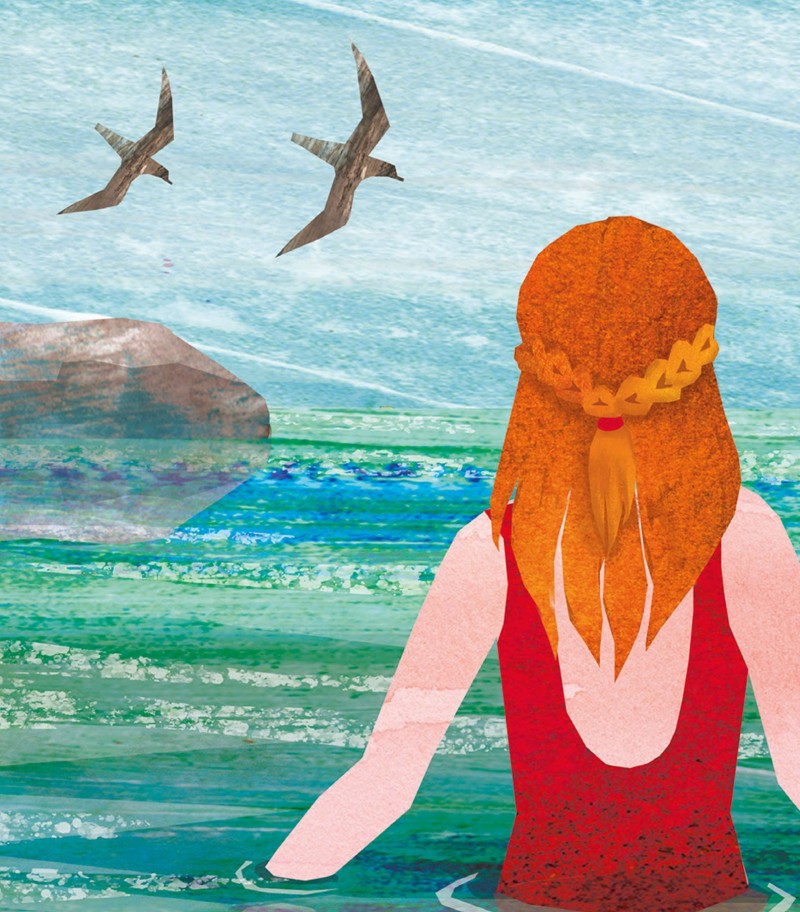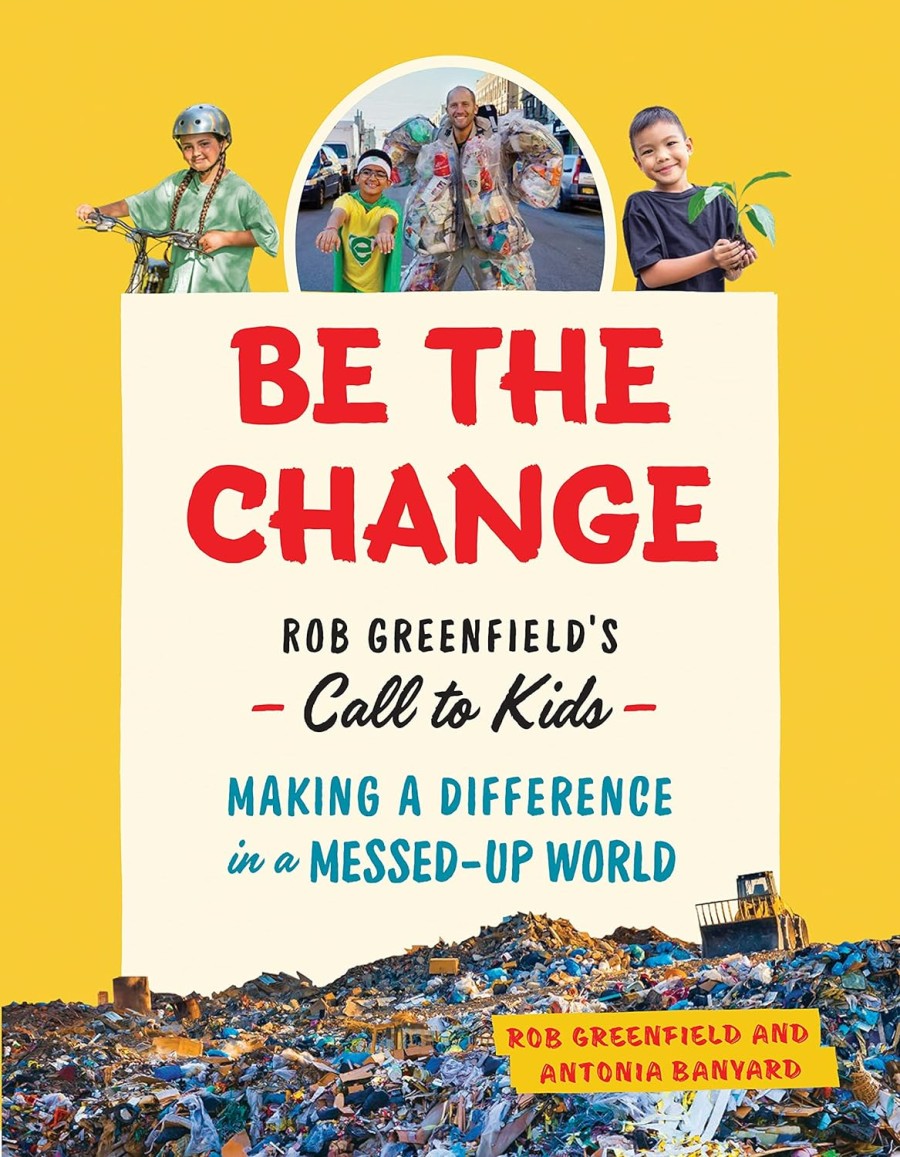Campaign for Clean, Safe Swimming Waters

England’s seas and rivers are now so polluted, that just 60% are deemed safe for swimming, compared to over 80% in mainland Europe. This concerns wild swimmers and parents of children and dogs (read how to keep dogs safe by the seaside).
Old sewage networks struggle to cope with litter, microplastics and farm chemicals, which are ending up in our seas due to everything from sunscreens to laundering synthetic fabrics. In 2024 alone, there were 400,000 sewage discharge reports, leading to demand for action.
Use the map at Surfers Against Sewage to check for swim water quality. SAS says that ‘if the water is brown and smells like shit’, it probably is. You can report raw sewage.
England now has the unenvious title of being ‘the dirty man of Europe’. High counts of E.coli, intestinal enterococci and other pathogens raise the risk of stomach bugs, ear infections and skin rashes. Cuts are more likely to get infected. And even ‘clean’ water can be unsafe in reality.
Even stretches of The Thames now have ‘no-swim notices, after heavy rain. Cornish beaches report contamination after storms, and Lake Windermere has issues with sewage pollution. One youngster recently reported ‘feeling sh*t’ while swimming in England’s largest body of water.
Polluted waters also harm fish, birds, otters and whales. Instead of ‘petrichor’ (the lovely earthy smell after rain’, we get odd smells, and red/amber warnings, which has knock-on effects on public health and tourism.
Other Polluters: Plastics and Runoff from Farms
Microplastics from litter and washing synthetic clothing also pollute (a reason to use microfibre filters in washing machines). And fertiliser, pesticides and slurry wash off feeds in rain, feeding algal blooms and lowering oxygen. A reason to support organic farming.
Campaigners want stringent targets for the Water (Special Measures) Bill, especially for storm overflows (and meaningful fines for repeated breaches). It also wants major investment in storage tanks, pipe upgrades and green infrastructure (like reedbeds and wetlands).
People-powered action delivers quick wins. From volunteer beach cleans to river test kits, this brings about more pressure for stronger public reporting and for businesses and councils to do more. The Rivers Trust works with communities and farms to reduce runoff (that ends up in the sea) and restore habitats. Report pollution to the Environment Agency.
The Clean Waters of Croatia’s Coast

Croatia (which used to be part of Yugoslavia) has a beautiful coast that borders Italy on the Adriatic Sea. The country is ranked first for the quality of its swimming water by European Environmental Agency. It’s also home to the Danube (Europe’s second longest river) and even has its own ‘Lake District’ with cascading waterfalls, with pure waters coloured turquoise and mint.
Some people remark that this seas here are so clean, they look like glass. Most beaches have visibility below 30 metres on clear days, and 95% of sites meet bathing water standards.
So how has Croatia excelled, where England hasn’t? It’s due to councils upgrading wastewater systems, with regular monitoring. Resorts are cleaned daily of litter, and small harbours restrict discharges.
Croatia also has a deposit return scheme for bottles and cans (our pending legislation has been delayed in England, because the government does not want to include glass, for some baffling reason). Introducing one would mean less floating cans and bottles (which leach microplastics into seas and rivers).






